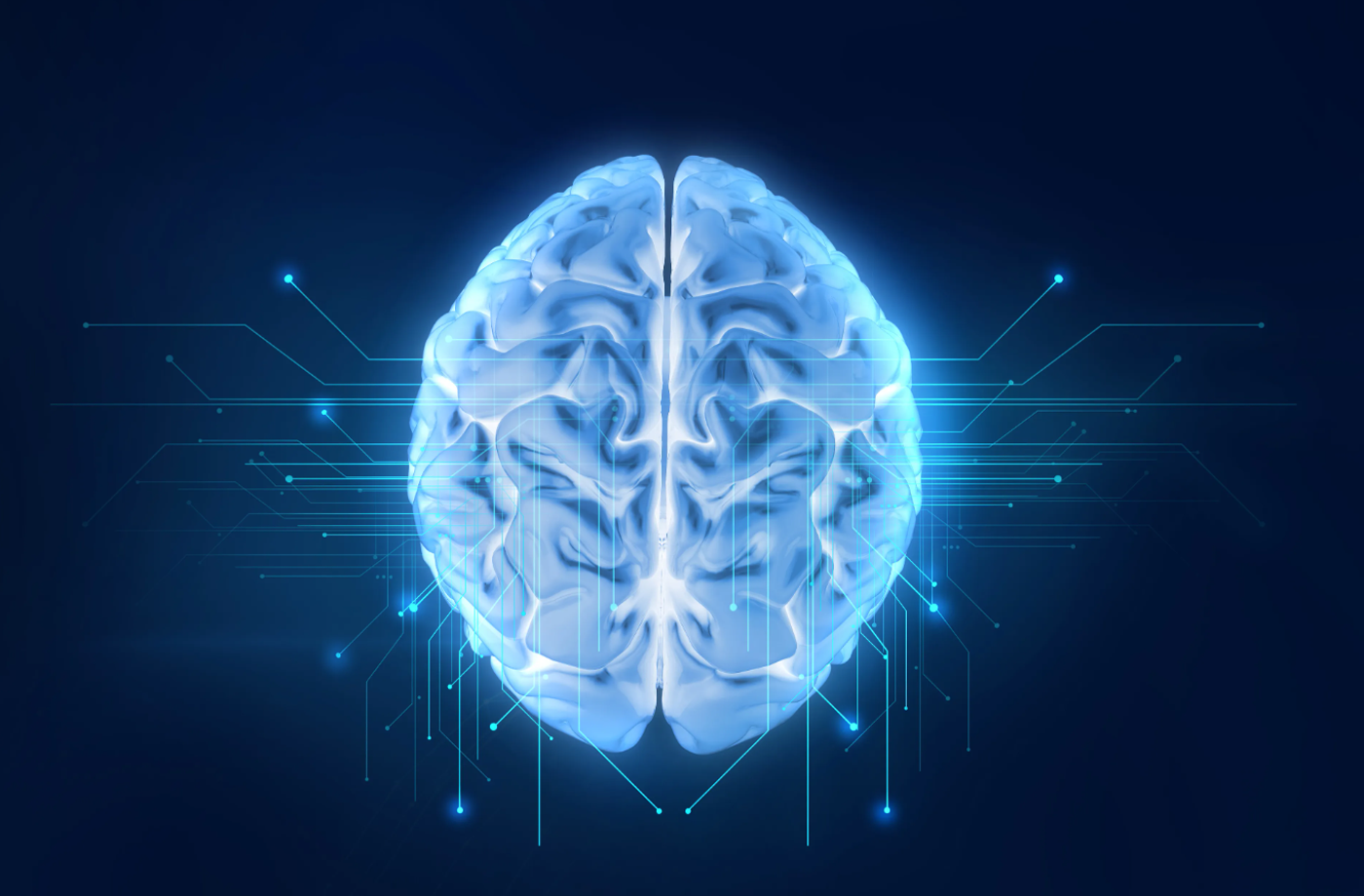Overview
Deep brain stimulation (DBS) is a neuromodulation therapy. It involves implanting electrodes precisely within certain deep areas of the brain, and delivering electrical pulses generated by implanted pulse generator. These electrical pulses modify the electrical activity of those areas, to produce the desired effect. The pulse parameters can be adjusted using external programmer. The effects are much more long lasting than medical treatment.
It is a multidisciplinary procedure, that involves a neurosurgeon trained for DBS, a movement disorder specialist neurologist, neurophysiologist, neuropsychologist, neuropsychiatrist and a neurotechnician.
Some of more common indications are
- Parkinson’s disease
- Essential tremor
- Dystonia
- Obsessive compulsive disorder
- Major depression
- Tourette’s syndrome
- Medically refractory epilepsy
Why it's done
As of now, DBS is approved by FDA for use in Parkinson’s disease, Tourette’s syndrome, Essential tremors, Dystonias and Epilepsy. But, there are promising results across the globe and is being increasingly used in many psychiatric illnesses like OCD, Depression and addictions. Even neurological illnesses like Alzheimer’s respond to an extent. These diseases are first managed medically. But, when the medicines fail or have inadequate effect, DBS comes to save the day!
DBS is a relatively safe surgery. But, like every surgery, complications can occur, either due to surgery or due to the side effects of the stimulation.
How is it done?
Small drill holes are made in the skull, and electrodes are positioned precisely within deep areas of the brain, using advanced stereotactic machinery and computer aided Neuronavigation. Then the connecting wires are tunneled from head to chest through the neck, and connected to a battery which is implanted in the chest.
During many of these procedures, the patient is fully awake, so that the effect of the stimulation can be assessed realtime. The patient is kept quite comfortable during the procedure, by way advanced sedation techniques, optimal positioning, keeping the operating room temperature warm, taking care of adequate and timely local anesthetic infiltration, and generally engaging in a warm banter with the awake patient. Most often, we record the electrical activity of the target, to confirm its location. Then, we also stimulate those areas using temporary electrodes to assess the clinical effect of this stimulation, on features such as tremors and rigidity. All this is done to ensure high accuracy of the placement, at sub-millimeter level.
Risks :Some of the surgical risks include lead misplacement, bleeding along the electrode tract, seizures and infection. Anesthetic risks are also included as surgical risks, and these include nausea, breathing issues and heart problems. Possible side-effects of stimulation include double vision, speech issues, tingling sensations, muscle tightness or progressive mood changes. Usually these risks are much lesser in awake patients.
The device is turned on and stimulation is begun generally after two weeks from surgery. The process of finding the best possible stimulation parameter, considering the effects and side-effects of stimulation, is challenging and your primary physician, usually a trained neurologist, will deeply involved.
The process before going to a DBS surgery
Stage 1: When a potentially DBS controllable disease is diagnosed, it will still be managed medically. However, if the response is inadequate or if the medical side effects are high, then a DBS would be considered. At this point the neurologist or a psychiatrist would refer to a specialist neurosurgeon trained in DBS. Special brain imaging might be needed. If necessary a psychological and psychiatric evaluation is also undertaken. Stage 2: A multidisciplinary team that includes the DBS neurologist, a functional & stereotactic trained neurosurgeon, a neuropsychologist, neurophysiologist, neuroanesthetist, neuroradiologist, a nuclear medicine specialist (in some cases, when radionuclide scans are used) and a neurotechnician, would discuss the case in detail, to arrive at a concordance. It is to determine whether the DBS is appropriate, safe and feasible for the patient. Even to establish a diagnosis, various imaging modalities like an MRI or SPECT maybe needed, along with therapeutic challenges. Stage 3:Then, the patient and their caregivers are explained the pros and cons of the surgery in detail. An informed consent is then taken. A pre-anesthetic medical work up is also performed.
DBS surgery: what we do on the day of surgery
The surgery is performed in two phases, on the same day. The brain part and the chest part.
Brain part: On the day of surgery, the patient is taken to a procedure room. A local anesthetic cream would have applied atleast one hour earlier on the scalp. A complete scalp anesthesia is achieved by a trained anesthetist who “blocks” all the six nerves that supply the scalp. Under a mild sedation, a special head frame (Stereotactic frame) is fixed on the head. This will remain till the end of the procedure. With the frame in place, an MRI or a CT scan is performed. Then, the electrode target and entry points will be planned based on this image, and in relation to the frame.
Then the patient is shifted to the operation theatre.
Brain part : In many cases the electrodes will be placed while you're awake and alert. A local anesthetic or nerve block will numb your scalp and bone for the surgery. This is to be sure the effects of stimulation can be tested fully. However, in some cases, surgery can be done under general anesthesia.
The trajectory is calculated using advanced computation. Further instruments are fixed onto the frame, even as the head of the patient is fixed to the operating table. for the surgery proper. Using pre-calculated coordinates, the electrodes and placed into the targets. Before this, micro-electrodes are placed in the same region to record the electrical signals. Then, the target is stimulated to assess for effects and side effects, by the neurologist, neurosurgeon and sometimes by a speech pathologist. Depending on this, the position is micromanipulated to give the best clinical effect. The electrodes are locked in place. The connecting wires are kept under the skin and closed. Usually, a post operative CT scan is done with the frame, to confirm the position of the electrodes.
In certain locations and conditions, they placed directly under general anesthesia,
• Chest wall part: The second part, usually under general anesthesia, involves creating a skin pocket below the collar bone, and placing the battery( implantable pulse generator- IPG), just below the collar bone. This can done with or without removing the frame. The scalp connecting wires are tunneled to the chest cavity, and connected to the battery.
Post operatively, the patient will stay in the ICU overnight. His regular medications are re-started. Typically, the stimulation is NOT started, at least for two weeks after surgery.
After the procedure
Usually after two weeks, the sutures are removed. The movement disorder specialist, programs the pulse generator in the out patient clinic. There are now advanced electrodes, using which we can even direct the direction of current delivery. Some conditions like Parkinson’s disease or essential tremors, will have immediate noticeable effects. Some conditions like OCD or dystonia, will not manifest an immediate “on” effect, but will show only after 3-6 months. Multiple sessions of re-programming might be needed to arrive at the optimal stimulation parameters and this might take as long as six months. The patients are often given a simple device with which they can switch their devices on or off, and adjust the voltage in each electrode . Lower parameters and switching it off when not needed (as in the night), will prolong the battery life to a large extent.
Battery and replacement: Battery life depends on usage. There are re-chargeable batteries with long life( typically 15years) , but they need to charged one hour every two weeks with an external device. The non-rechargeable batteries that typically last 6-7years. Just before the end of life of the battery, it is replaced. During this process, only the chest wound is re-opened and it is relatively simple. There are now advanced batteries, that can also sense the brain waves, and give the programming doctor a feed back to enable a better programming.
Results
DBS is a safe and a very effective surgery that has helped millions of people worldwide. Though it does cure the disease, it markedly controls its debilitating symptoms. This provides a great quality of life, in the most productive phase of life. Moreover, the effect of DBS improves with time and last easily more than 20years.

Copyright © 2023 Apollo Proton Cancer Centre. All Rights Reserved





